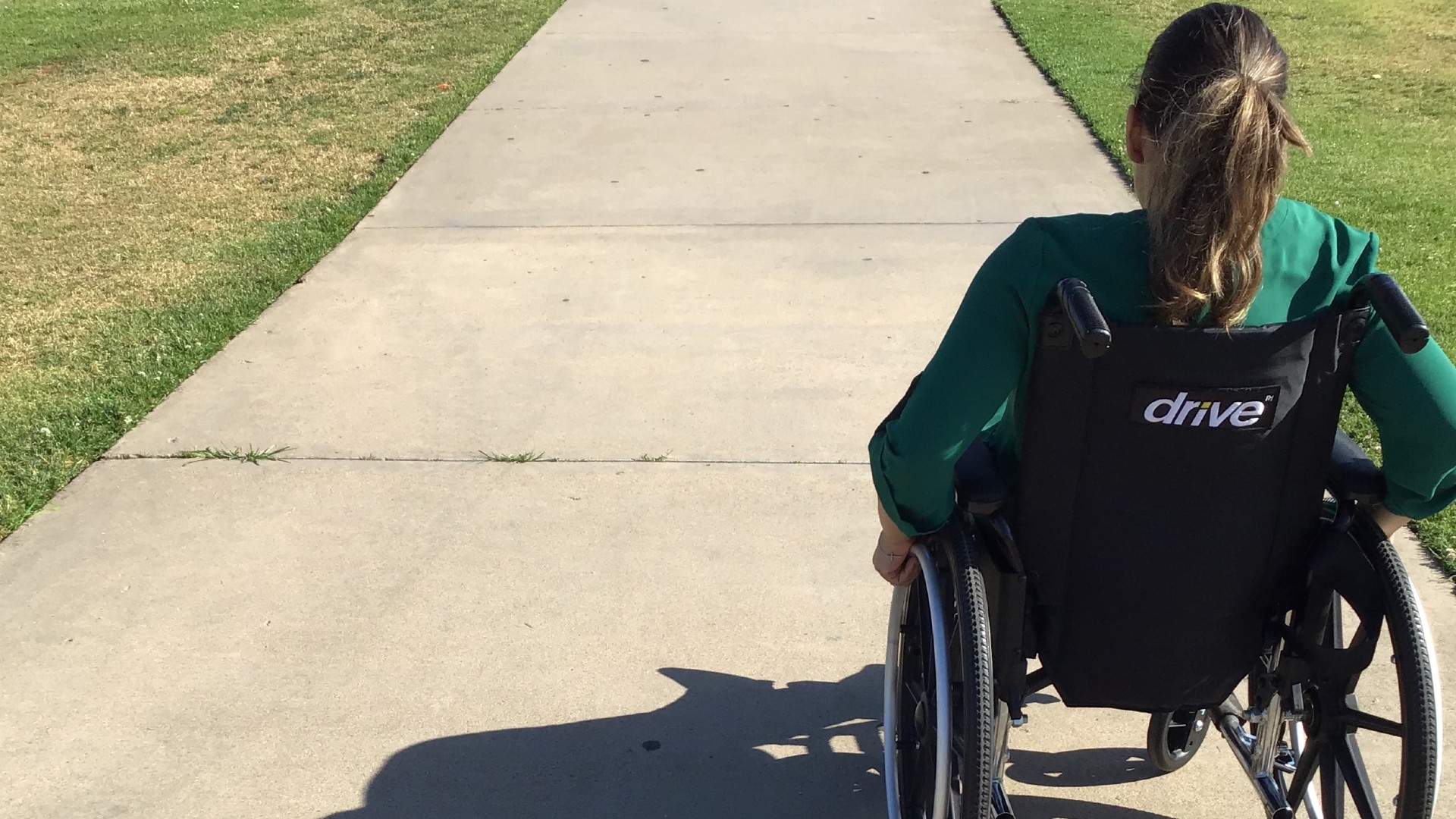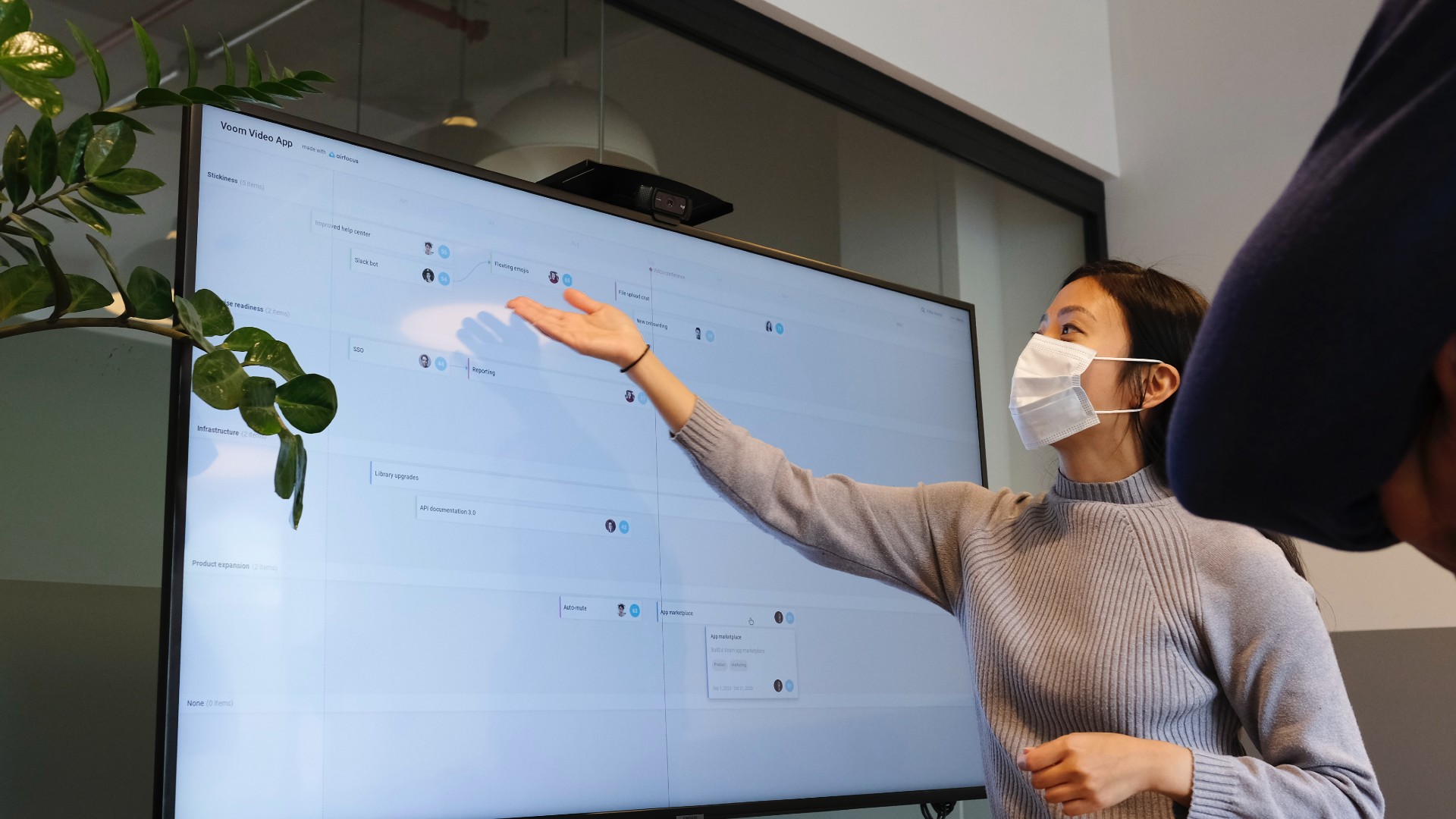GUEST BLOG: Paul-Georg Ender, a postgraduate Master of Laws (LLM) researcher at the University of Kent
Since the start of the pandemic the disabled community has faced several challenges. Most importantly, these include access to information and guidance from the relevant local council or the government, access to essential food and medical supplies and having access to any additional support, such as care services. All of this has left many wondering how the following months are going to make their everyday lives possible.
In addition, another problem is looming as September approaches, how universities are going to meet their statutory obligations to ensure the safety of their disabled student cohort in the upcoming academic year. This is a pressing matter since many universities in the UK have made the decision to open their facilities and campuses whilst attempting to ensure social distancing and additional safety precautions for their student body.
I am aware of the difficulties Universities are facing in the current climate in preparing their campuses for newly arriving and returning students whilst ensuring social distancing. Therefore, I, a blind postgraduate student at the University of Kent, am attempting to provide immediate help to Universities in establishing a safe and accessible environment for all students in the upcoming academic year.
The 10 actions I am advocating for could help universities to meet their statutory and regulatory obligations under the Equality Act 2010 and the upcoming Public Sector Bodies (Websites and Mobile Applications) Accessibility Regulations 2018 (PSBAR). The proposed adjustments include Access and Estates Provisions (1-5), Mobility Assistance (6) and Staff and Awareness Training (7-10).
The 10 Actions for Universities
1. Accessibility of facilities on campus
During this pandemic several facilities, such as supermarkets, have implemented glass barriers to enforce social distancing. Other facilities have put metal barriers in place or drawn arrows on the floor to channel the flow of people moving through an area. For the time being, it seems quite likely that universities are going to implement similar or even identical provisions for enforcing social distancing. Such adjustments are no doubt necessary, but it is important to understand how difficult it is for a disabled person to navigate safely around those barriers. If Universities are establishing these measures without actively engaging with disabled students, it creates inaccessible environments and could have serious legal consequences.
As stated in the Equality Act 2010 section 91 (9), institutions in higher and further education are legally obliged to eliminate discrimination and make reasonable adjustments for their disabled students. Disability is defined in section 6 of the act, as ‘any substantial and long-term adverse effect that limits the student’s mental or physical ability to conduct day-to-day tasks.’ If this threshold is passed, students have the right to claim reasonable adjustments under section 20. This could relate to policies or practices that the university is going to take, any physical barriers and the lack of additional auxiliary aids and support.
For instance, as a blind student myself I am not able to see the arrows or marking spots on the floor of buildings or shops. Without this knowledge I do not know what route I am supposed to take and whether or not I am social distancing. Without any accessible solutions, such as marking spots on the floor that I can detect by using my cane, I am more at risk of getting injured.
Jonjo Brady, a visually impaired wheelchair user and a postdoctorate researcher at Ulster University and Kent student alumni, adds, “Any barriers/alterations to space will have to remain committed to giving the additional space needed for a wheelchair user to move about. These barriers will also have to be placed in such a way that they do not block off the alternative routes that wheelchair users have to use. It’s no good me following a metal barrier to some stairs for instance.”

Additionally, masks make it impossible for deaf students or students with auditory processing disorder to lipread. There must be other measures in place to allow for students with hearing difficulties to be accommodated and for those accommodations to be readily offered and communicated prior to accessing facilities.
Lily Dedman, a deaf and autistic Kent Alumni, and an advocate for web accessibility says, “often when going into shops or in public, I cannot tell if people are talking to me or if they are even talking at all. A simple wave and written communication are effective, or utilising speech to text apps can help me to access the information without the stress or potential danger of removing masks.”
Therefore, universities should work together with their disabled students on implementing alternative arrangements. This extends as well to disabled students that may have a medical exemption from wearing a facemask.
2. Accessibility of paths and walkways across campus

As a blind student, I personally always use the same paths across campus to get to the library, my lectures, or shops. If these paths become suddenly unavailable, I would not be able to navigate across campus independently. A possible solution for universities could be to create marked routes across campus for disabled students to travel that are exempt from barriers such as cables, wires, construction, food trucks, etc. However, it is important to point out that not all paths work for every disabled student. Each student has a route that works best for them and their schedule.
Another good way of assisting disabled students could be to launch planned physical or digital walks through campus via multiple routes followed by student feedback and making changes accordingly. The same could be done for different buildings across campus. Additionally, staff must always be available to assist individual students in finding alternative paths should any problems arise.
If such services are put in place, they should not be labelled as “disabled paths,” as to not single out students using this exact provision. Rather they should be presented as safe pathways across campus that anyone can use who needs a free and accessible way, whether that student has a disability, a temporary impairment, or any other safety concerns. Consequently, it could benefit any student at university.
3. Accessible websites and documents

Universities, as public sector bodies, must make sure they are complying with PSBAR. This includes publishing an accessibility statement that documents compliance with the WCAG 2.1 AA standards for all their websites and mobile applications. Additionally, they are required to conduct a disproportionate burden assessment. Overall, websites need to fulfil certain accessibility standards, including making headings, links, and layouts accessible for students using screen readers, providing captions in videos or audio files for students with hearing aids and providing alternative fonts for students with dyslexia.
Alongside this, universities should make their lecture documents in accessible formats such as HTML or tagged PDF. This enables students, such as me, to access and read them using screen readers without having to undergo a time-consuming process of making certain documents useable.
These provisions could be particularly beneficial in COVID-19 times, as disabled students could access lectures and seminars, as well as course materials online, thus, being able to participate equally in their modules and courses, without having to miss out on relevant lectures or books in a physical library.
Lily says, “it is extremely easy to ensure a website is accessible, but it has to be implemented consistently. Simply adding alt text, captions and ensuring the text is easy to understand and read can often be enough. Use tools to ensure it is accessible as well as consulting W3’s WCAG. Don’t wait until the last minute to retroactively put in accessibility measures.”
4. Estates messaging service
It would be helpful to implement an email or alternative messaging service from the relevant department informing all students of barriers or construction taking place in certain areas on campus or within buildings. Randomly placed barriers could lead to injury or harm for students or them not being able to attend lectures or seminars on time. Having a service like this would give students a larger amount of time to prepare themselves, look for alternatives or ask for additional support.
Such a service could become even more important over time since certain barriers or walkways will be changing during pandemic and post-pandemic times. Therefore, this could be an important part of having a dynamic service that is guiding the students over the weeks to come and the challenges or improvements they might bring.
5. Implementing a 24/7 helpline
A 24/7 helpline, with a variety of methods of contact (email, messaging and voice call) for disabled students or those with health issues would be beneficial to address certain needs as soon as possible. If a new helpline would be too difficult to set up, perhaps adding an additional service to a general helpline to assist disabled students could be implemented to at least improve the current situation.
6. Individual contact with disabled students having mobility issues
It is paramount that students with physical, neurological, or mental disabilities who need additional mobility support or assistance are contacted in advance to make up for usual face to face meetings. Since this group of students is limited in size, not many will need to be contacted individually.
Nonetheless, having a plan in place on how to best fit the students’ needs and equip them with whatever the university could be offering is essential for them to be able to navigate their way around campus or through the relevant buildings. Generally, this would also make the students feel safer to return and shows that the university is not overlooking their problems and is attempting to provide them with the necessary individual adjustments. If additional provisions like these are not considered by universities this leads to discrimination against their disabled cohort.
7. Staff and student training courses (online)

An online training course should be launched to increase awareness. In particular, staff working in positions where they are in contact with disabled students such as student support, seminar leaders and lecturers, must be notified of good practices that could help students feel safe and comfortable in the new year.
Additionally, individuals working in shops or cafes should be trained in approaching a disabled person in a safe and inclusive way. For example, when a blind student needs to find food in the shop or wants to find a certain seat in the library.
Speaking from a personal perspective, most times I needed to ask around until I could find someone to help me in finding things like the toilet or the reception. In the current pandemic it is no longer safe for me to do so and generally harder to approach others and ask them for help whilst not putting myself and them at risk. Thus, increased staff and student training would be helpful. Moreover, it could improve the university’s inclusivity in general and provide the entire student community with important lifelong skills regarding disability and inclusivity.
8. Publishing a statement from the university
Publishing a general statement (online and offline) from the university before the beginning of the new term will show a commitment to accommodate all students and that the university has regard for the needs of minority groups in these challenging times. This will not only increase the trust of disabled students before they arrive at university, but also send out a strong message of care and confidence that everything will be as good and as safe as possible.
Not only disabled students will feel better after receiving such a message, but all students will know that it is a serious matter and that everyone’s voice counts. This statement could also include steps the university is going to take to ensure safe access.
9. Student survey for everyone arriving/returning

Another valuable measure could be to launch a survey before the start of the year inquiring about the number of disabled students, with questions including who is shielding, who has an underlying health condition or is classed as vulnerable. All these things could give the university better insight on how many students have certain needs and concerns.
The department best placed to send out a service like this could be the Student Support, as they should be having information on all disabled students that are returning and newly arriving at university.
10. Communicating with the relevant disability officer at the student union or a disability student group
Through all of the points mentioned above it becomes clear that the most important part is making sure that disabled students have their say and are actively involved when additional barriers and social distancing features are introduced by the university. Simply imposing blanket provisions to fit all students and making assumptions about what disabled students need is not acceptable.
Collaborating with the relevant student union officer or disabled students’ groups should be the first steps universities are taking. It is crucial to involve other disabled student groups, individual students and to educate staff members in order to make progress. Reaching out to individual disabled students and including them in the process is vital because they know what best suits their academic and safety needs. Most importantly, it ensures that disabled students feel comfortable returning to campus in September.
Making changes before terms starts
In the end, there is no single answer to the problem that so many universities are facing and certainly it can be overwhelming to try and implement several new components at once. However, I strongly encourage every university to consider the above-mentioned steps and to attempt at least a few.
The disabled student community cannot be forgotten in opening university campuses in September. They are students and have the same right to access to education and safety precautions as any other student. Getting in touch and engaging with disabled students, providing guidance to staff and students on inclusive practices and releasing a statement ensuring disabled students that their needs are acknowledged are all low-cost actions that promote inclusivity in the university.
It is important to realise that accessibility can affect disabled and non-disabled students alike. My story is just one example of how creating equality within the student community provides not only different perspectives on current problems but allows disabled students to unfold their potential. I transferred from my university in Germany to complete my law degree at the University of Kent because I felt that they made the digital side of university accessible by for example converting my course materials into readable PDFs. This made me more interested in accessibility as a whole and I decided to start an LLM by research on digital accessibility regulations there this fall.
I will conclude this article now with a quote from Jonjo whose point I think summarises the intention of my work perfectly, “We don’t need to be ‘looked after’ or ‘made aware’ of the changes coming. We need to be at the forefront of the decision making just as much as ‘able-bodied’ people are… This was one of the last things Mike Oliver – founder of the social model of disability - ever said to me, if ‘able-bodied’ people decide what’s best for us, they will always get it wrong. Their lived-experience is not our lived-experience. And so, not only does including us in decision making infuse the upcoming changes with a respect for the lived-experience of disabled people specifically, but it also brings a certain quality of difference that is embedded in all human beings to the surface …This seems like a great opportunity to forge forward with such a mindset for the betterment of the institution now and post-COVID.”
I hope this article will get universities thinking about the future of their physical and digital environment and what it could mean to be more accessible. Do not forget about your statutory obligation towards the disabled student community in these challenging times.
A great thank you again to Ben Watson, Tom Sharp, Lily Dedman and Jonjo Brady for providing me with their insight on the proposed steps universities could be taking. For more first-hand experience please follow me on Twitter: @Paul_GeorgEnder
Further resources
